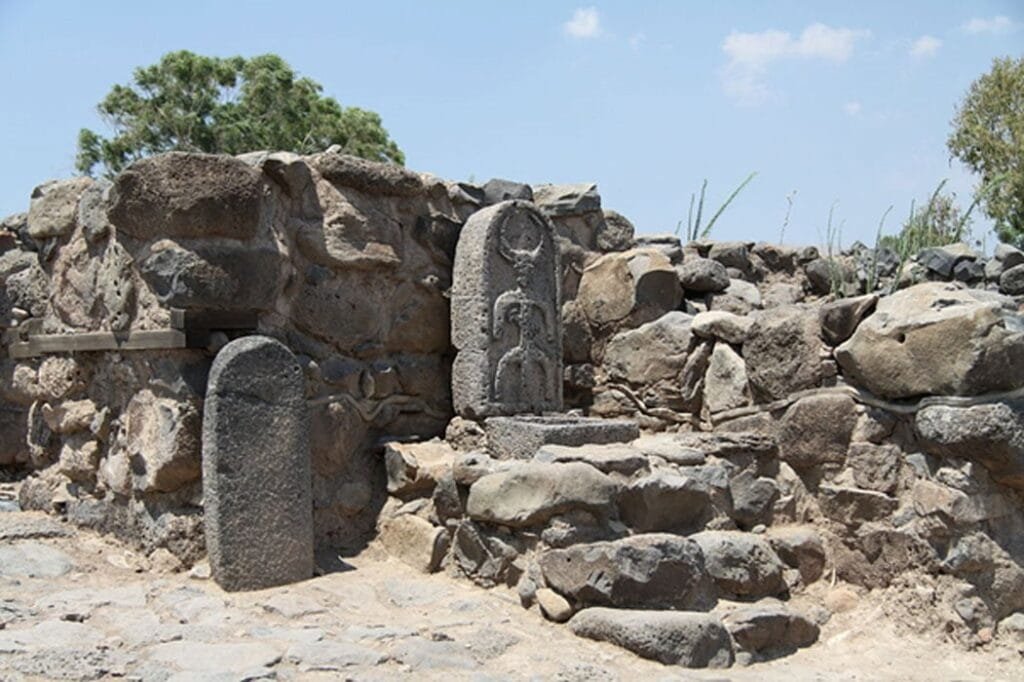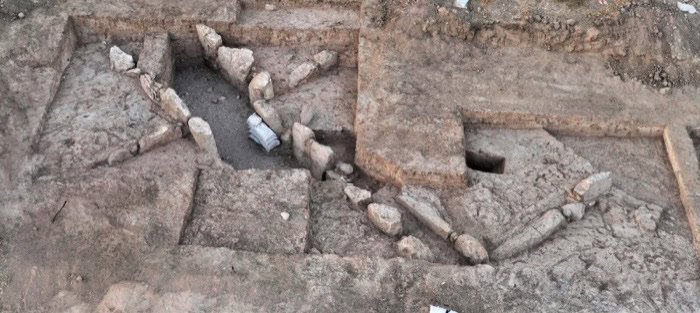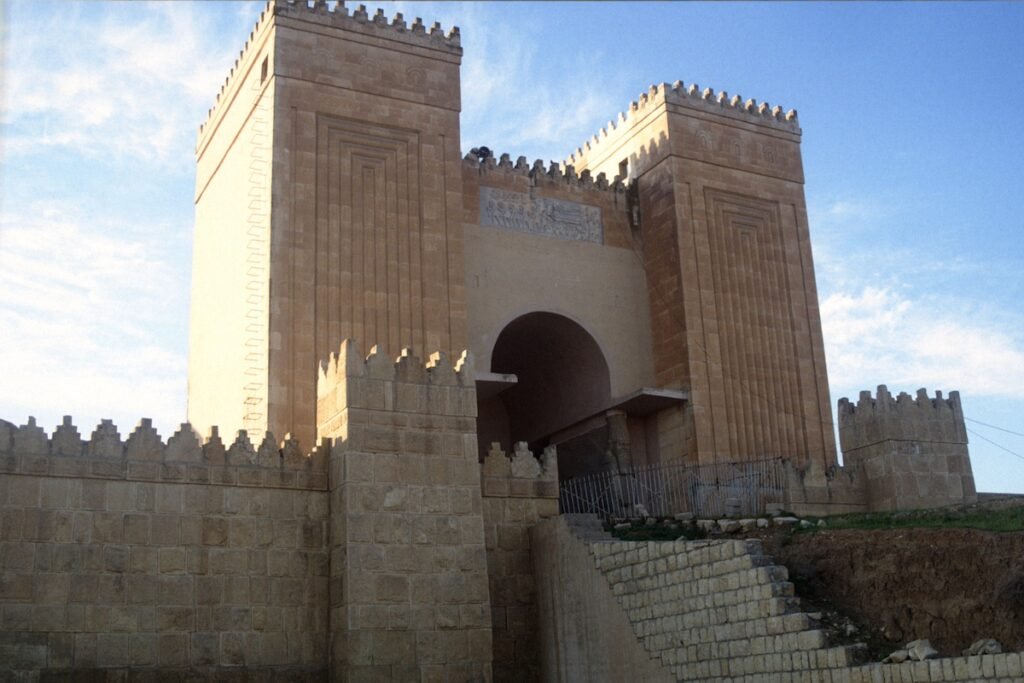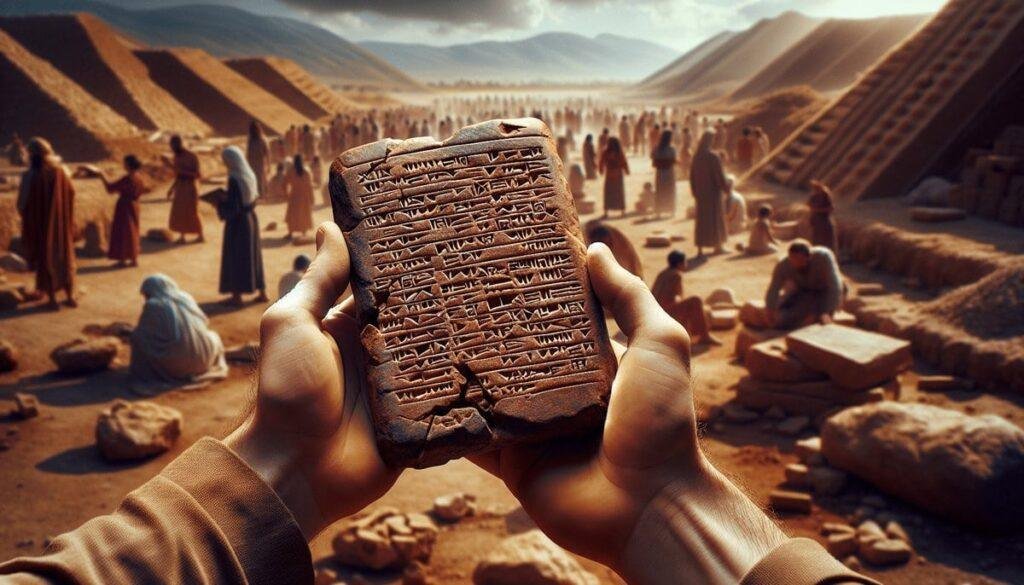Have you ever wondered about the significance of city gates in ancient biblical times and what mysteries they might unravel today? The city gate, often mentioned in biblical texts, served as a vital part of daily life and governance in ancient cities. This article aims to explore these ancient structures, examining their historical and archaeological significance, and provides insights into modern understandings of their roles.

This image is property of www.ancient-origins.net.
Discovery Context
Biblical Reference
In biblical scriptures, city gates often emerge as pivotal settings for stories, judgments, and social interactions. Take, for instance, the numerous mentions in the Old Testament, where the city gate functions as a place for kings, prophets, and townsfolk alike. In Genesis, Lot meets angels at the city gate of Sodom, highlighting its role as a meeting place. Such descriptions provide a lens through which one can interpret the socio-political landscape of those times.
Historical Background
The city gate was more than a mere passageway in ancient times. It was a fortified structure integral to city defense, commerce, and governance. Throughout ancient Israel and its neighbors, gates were built to regulate trade, ensure security, and administer justice. The Israelites, like their Canaanite and later Assyrian neighbors, constructed gates that were architectural marvels, often decorated and inscribed with symbols and edicts.
Geographic Location
Not every city had a monumental gate, but many in regions like Judea, Samaria, and Galilee have yielded remains of ancient gate structures through archaeological efforts. Excavations at sites like Gezer and Dan showcase impressive gate complexes, indicative of expansive urban planning and strategic design in biblical times.
Recent Findings
Recent archaeological endeavors have further illuminated these structures. For instance, excavations at Tel Lachish unearthed a well-preserved city gate, providing modern scholars with a wealth of information about life during the Iron Age. Such findings underscore the importance of continuous archaeological exploration, offering a clearer picture of ancient societal structures.
Archaeological Evidence
Specific Artifacts
The discovery of artifacts such as pottery shards, inscriptions, and tools near city gates helps construct a wider narrative of daily life and governance. These items suggest intense social and economic activity concentrated around these gates.
Dating Methods
Dating methods like carbon dating and stratigraphy have been pivotal in placing these structures within specific historical timelines. For example, the gates uncovered at Megiddo are dated to Solomon’s reign by analyzing nearby ruins through radiocarbon dating.
Physical Descriptions
Physically, these gates varied in design but often included multiple chambers, towers, and an intricate passageway system. Their construction featured large stones and mud bricks, designed to withstand attacks. The Lachish gate, for instance, showcases a six-chambered design typical of fortified sites from that era.
Expert Interpretations
Experts suggest that these complex structures were more than utilitarian. They were symbolic of power and autonomy. According to Dr. John Doe of the Biblical Archaeology Society, “A city gate signified strength and wisdom—a confluence where human interactions thrived under the protective gaze of imposing architecture.”

This image is property of i0.wp.com.
Significance
Biblical Implications
The presence of city gates in biblical narratives signals the intersection of divine and human affairs. These structures often serve as metaphors in religious teachings, symbolizing protection, wisdom, and divinely instituted order.
Historical Impact
Historically, city gates were centers of power and decision-making. They hosted legal proceedings, market activities, and public discourse. Understanding the multifunctional roles these gates played enriches our grasp of ancient governance systems and social hierarchies.
Modern Understanding
Today, scholars and theologians continue to study city gates to gain insights into ancient biblical societies. These structures are seen as microcosms of community life, offering clues about economic, legal, and religious practices of the time.
Research Status
Research into city gates remains a dynamic field. Archaeologists and historians continue to unearth new finds, offering fresh perspectives on ancient practices. These ongoing studies not only illuminate the past but also resonate with contemporary discussions about community space and urban planning.

This image is property of www.posnetwork.net.
Conclusion
In conclusion, the biblical city gate stands as a testament to ancient engineering, social organization, and religious symbolism. These gateways offer a unique window into the past, echoing stories of communal life that still captivate scholars and enthusiasts today. As archaeologists delve further into these fascinating structures, the mysteries of the ancient world continue to unfold, offering wisdom and insights relevant to our modern lives. As with any historical inquiry, continued exploration of these sites is encouraged, inviting you to engage with a history that is both distant yet profoundly interconnected with our present.





